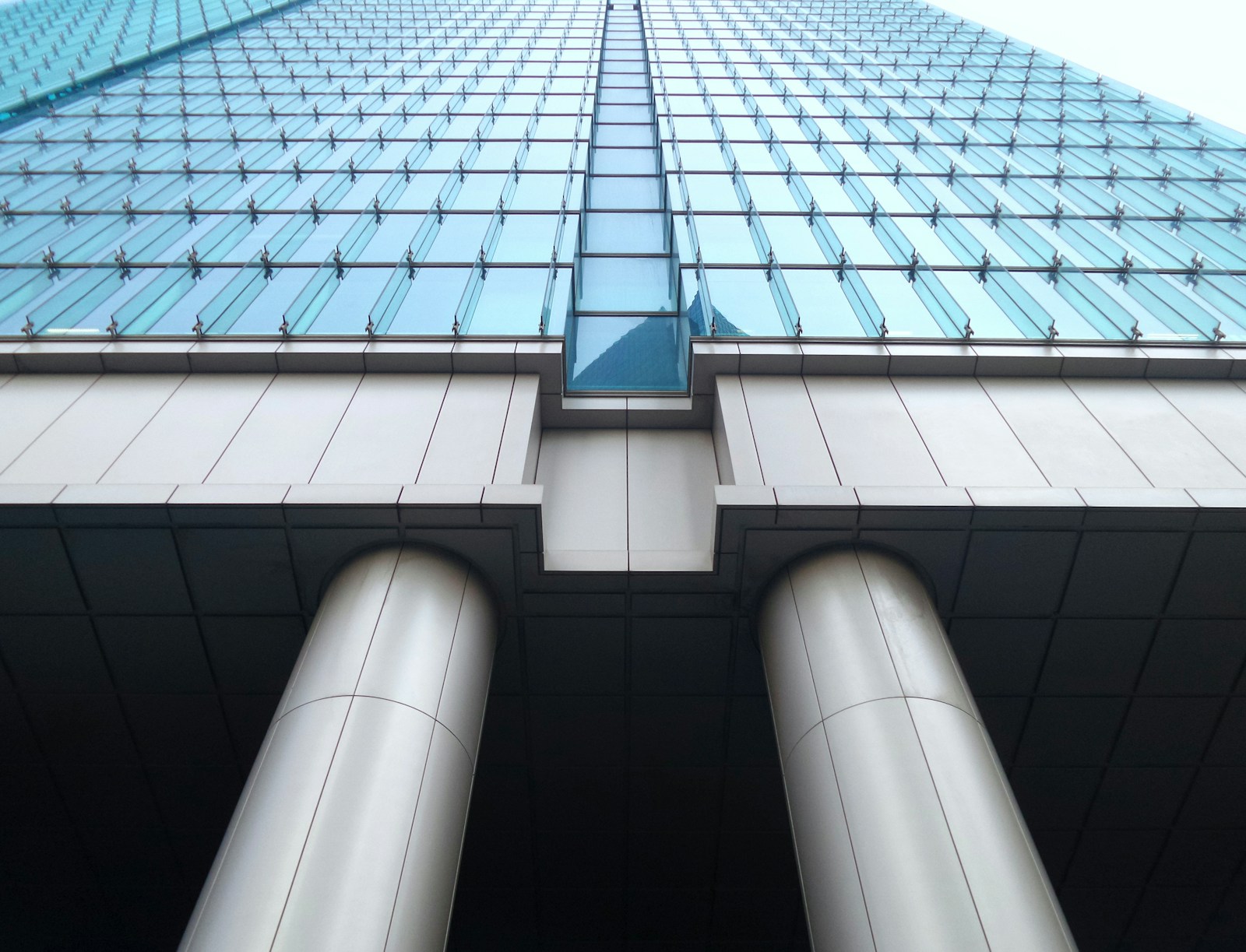
底部
dǐ bù

bottom
In Chinese, '底部' is used to describe the lowest part or the base of something. It puts emphasis on the relative location of an item within a physical space or an abstract concept. For example, '底部' can be used when referring to the bottom of a webpage, a physical object or even a ranking.
Example sentences using: 底部
你把这个盒子放在底部。
Nǐ bǎ zhège hézi fàng zài dǐbù.

You put this box at the bottom.
This sentence is instructing someone to place a box at the lowermost part of a structure or a pile.
底部有点湿。
Dǐbù yǒudiǎn shī.

The bottom is a bit wet.
This sentence is conveying that the lower part of something is slightly damp.
底部太滑了,我们需要做些什么。
Dǐbù tài huále, wǒmen xūyào zuò xiē shénme.

The bottom is too slippery, we need to do something.
This sentence is suggesting the need for an action due to the excessively slick condition at the bottom of an object.
湖的底部充满了泥沙。
Hú de dǐbù chōngmǎnle ní shā.

The bottom of the lake is full of silt.
This sentence is showing the condition at the bottom of a lake, which is filled with silt.
这个箱子的底部有洞。
Zhège xiāngzi de dǐbù yǒu dòng.

The bottom of this box has a hole.
This sentence is stating the fact that there's a hole at the bottom of a box.
底部的布料已经磨损。
Dǐbù de bùliào yǐjīng mósǔn.

The fabric at the bottom has been worn out.
This sentence is describing the state of fabric at the lowermost part which has been worn out due to usage.
楼梯的底部有个小柜子。
Lóutī de dǐbù yǒu gè xiǎo guìzi.

There is a small cabinet at the bottom of the stairs.
This sentence is pointing to the location of a small cabinet that is placed at the bottom of a staircase.
他把书放在书架的底部。
Tā bǎ shū fàng zài shūjià de dǐbù.

He put the book at the bottom of the bookshelf.
This sentence is about someone who has placed a book at the bottom of a bookshelf.
底部的灯熄灭了。
Dǐbù de dēng xīmièle.

The light at the bottom went out.
This sentence is informing that the light which is located at a lower position is no longer lit.
底部的划痕是由什么造成的?
Dǐbù de huáhén shì yóu shénme zàochéng de?

What caused the scratches at the bottom?
This sentence is expressing curiosity about something that has caused scratches on the bottom of an object.